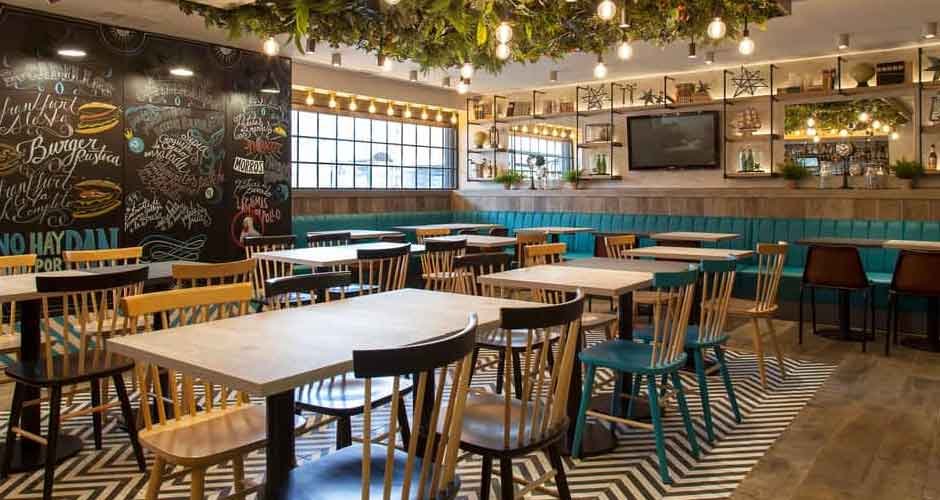Restaurants are immersive experiences that appeal to all of our senses, not just our appetites. Every detail, from the aroma of the food sizzling to the ambiance of the décor, influences our dining experience. The design of restaurant booths is one of these fascinating components. The psychology of restaurant booths design is significant and frequently goes unnoticed; it affects everything from comfort to social interaction to flavor perception. In this piece, we examine the psychological concepts that underpin restaurant booth design as we delve into this intriguing field.
COMFORT AND PRIVACY
The feeling of comfort and privacy of booths are one of the main reasons customers choose them over traditional seating arrangements. Booths create an intimate and comfortable environment that promotes socializing and relaxation by giving off the impression of an enclosure. Psychologically speaking, people need this sense of seclusion to feel at ease and comfortable in public places.
Additionally, booths’ high sides and backs are a physical barrier to keep customers safe from outside distractions. By keeping this table apart from other tables, noise levels and visual distractions decrease, allowing guests to concentrate more on their dining partners and the meal. Psychologically, this feeling of isolation encourages a closer bond with the people you are eating with and makes the meal more enjoyable in general.
SOCIAL DYNAMICS
Booths provide seclusion, but they also uniquely enable social interaction. A booth’s enclosed area fosters intimacy among guests, promoting interaction and camaraderie. This is very advantageous for couples or small groups looking for a more private dining experience.
Additionally, booth seating frequently encourages direct communication between diners, enabling them to keep eye contact and carry on an uninterrupted discussion. This arrangement aligns with fundamental social psychology theories, highlighting the value of interpersonal communication and nonverbal clues in establishing rapport and preserving relationships.
Conversely, larger groups can also be accommodated in booths with some adaptations. Certain restaurants include booths formed like a circle or a horseshoe, making it easier for group members to talk to each other since everyone can comfortably face one another. This arrangement makes dining more enjoyable by promoting inclusivity and a sense of camaraderie among patrons.
AESTHETIC APPEAL AND BRAND IDENTITY
Apart from their practical uses, restaurant booths can greatly impact how a restaurant looks and feels about its brand. The layout, material, and upholstery of booths reflect the character and ideals of the restaurant and add to its overall ambiance and style.
For example, a restaurant with a rustic motif can use wooden booths with distressed surfaces to convey a feeling of warmth and genuineness. On the other hand, a modern cafe can have simple, minimalist booths with vinyl or leather upholstery that convey a sense of refinement and elegance. The booth upholstery’s chosen hues, designs, and textures complement the restaurant’s overall visual concept and impact how customers view the area and the caliber of their dining experience.
Psychologically speaking, these design decisions create a unified and immersive space that appeals to customers’ subliminal senses. Restaurants may improve client happiness and loyalty by coordinating their physical location with the intended emotional response, ultimately contributing to their long-term success.
PERCEPTION OF TASTE
It’s interesting to note that the psychology of restaurant booth design affects our impression of flavor, comfort, and social dynamics. Studies have demonstrated the profound influence that ambient elements, such as lighting, décor, and seating configurations, have on our perception of food and drink.
Regarding booth design, the seclusion, and comfort that enclosed seating offers can improve the eating experience by letting customers concentrate more on the tastes and textures of the meal. Diners are likelier to savor every taste and appreciate the subtleties of the culinary masterpieces in front of them when they are at ease and unhurried.


